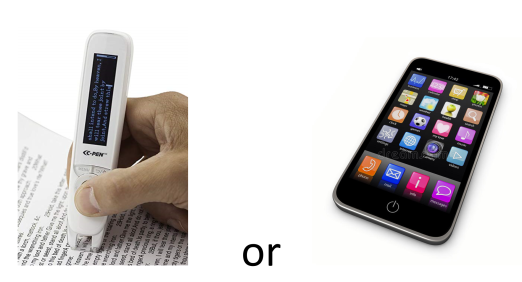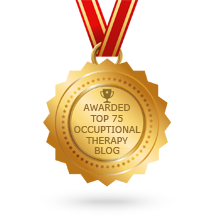
C-Pen Reader or Smartphone?
A variety of portable reading tools are available with fairly good recognition and improved text to speech voices for quick access to print using text to speech. While many individuals rely on their smartphones for accessing print with text to speech these days, for some it is not always the preferred solution. A recent evaluation demonstrated use of apps on a smartphone, such as my favorite, on-demand Claro Scan Pen app for individuals with a learning disability, and the handheld C-Pen Reader upon requested. While this is an infrequent request, as it may be considered “older technology”, it remains an preferred option for some clients. .
For this particular client, using the C-Pen was strongly preferred. The reason for the clients preference included:
- Reduced level of distractions when using the pen compared to the potential distractions of a smartphone’s messages, texts, alarms, phone calls or other alerts occurring (even with Airplane mode on)
- Simplicity of use
- Perception of others (classmates or instructors) when using a smartphone that use is for entertainment purposes.
Despite the somewhat lower text to speech quality, for some clients this lower tech tool continues to be their choice for listening to text read aloud from paper sources. Interestingly, a number of clients recently serviced have been adamant about not using a smartphone to access print due it being perceived as entertainment rather than an assistive tool in work or educational environments.
While many options exist for accessing text to speech using portable devices such as smartphones with scan and read apps other portable devices like the C-Pen remain a solution for accessing and reading text. Hang on to it, it may be the tool of choice for one of your clients!
What has been your experience or preferences of portable reading tools?
More for your AT Toolkit!
Carol Leynse Harpold, MS, OTR, ATP, CATIS


